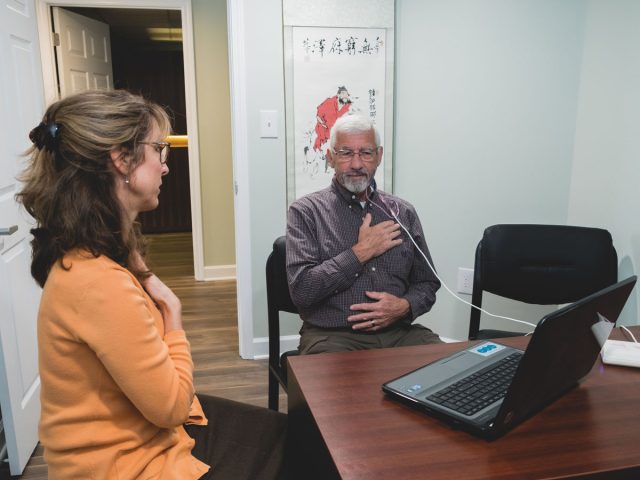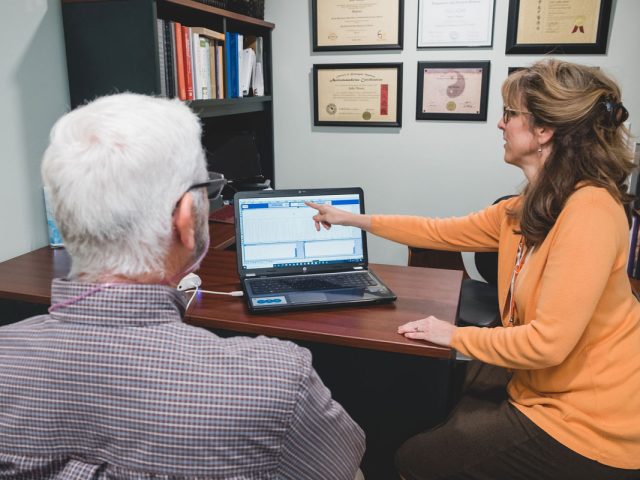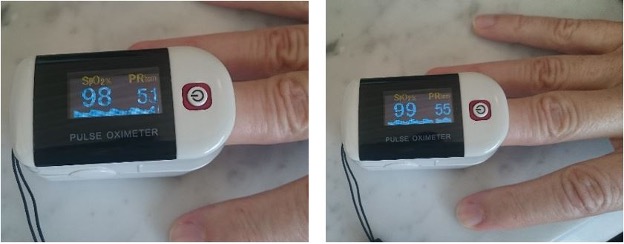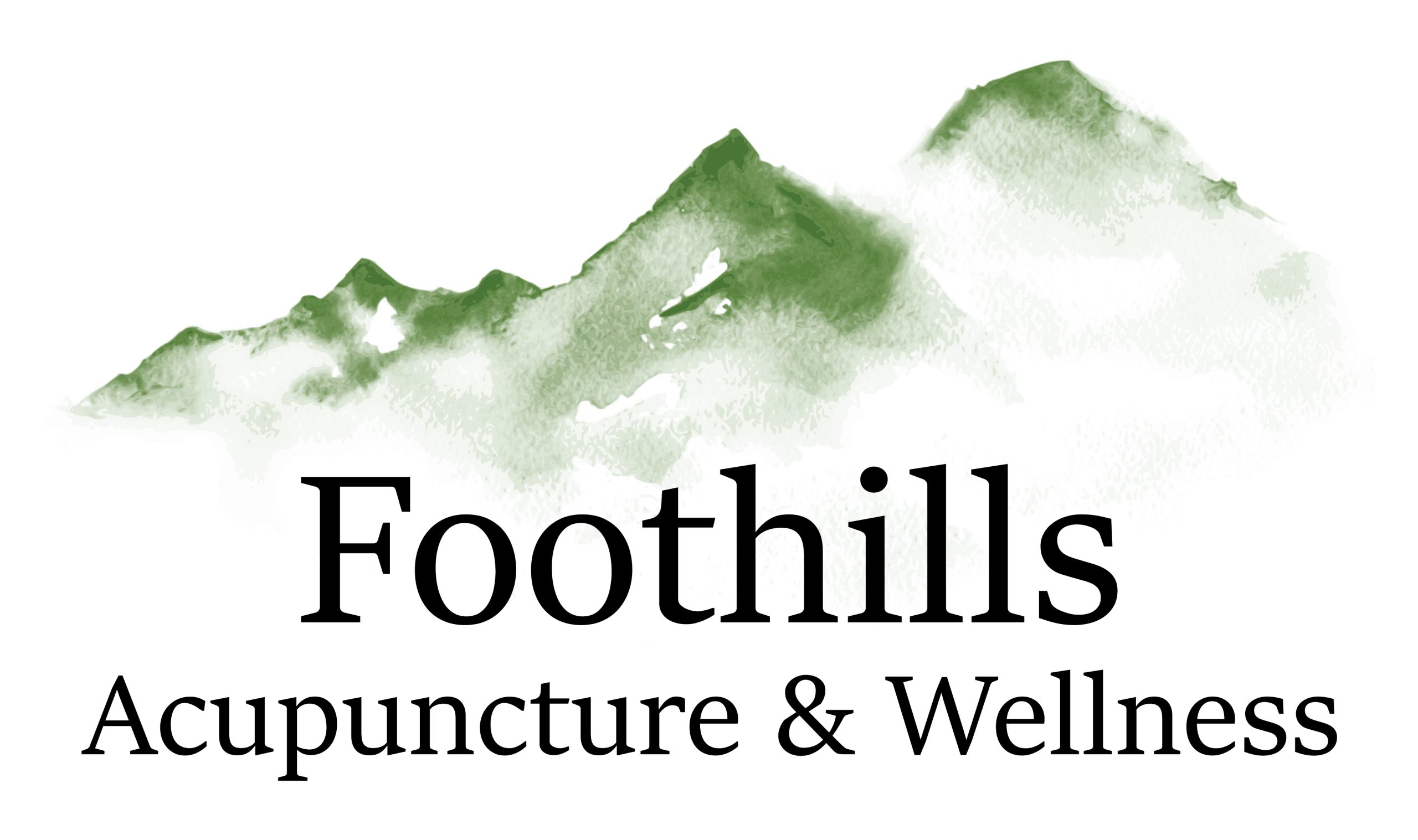Capnometry is a biofeedback tool that measures a range of breathing parameters for diagnosing and unlearning dysfunctional breathing.


Assessment
A thorough assessment of your breathing provides objective measurements as well as starting points for your own observations. We use tools like capnometry and pulse oximetry for this purpose. Both help to show and measure breathing behavior. In capnometry, a device called a capnometer is connected and picks up information about your breathing via a nasal cannula.
This client observes their breathing pattern in real time on the screen. A typical session lasts 30 minutes and will include assessment and training through biofeedback. A pulse oximeter on the client’s left-hand records pulse and oxygen saturation.
In addition to parameters such as breathing rate and rhythm the capnometer measures end tidal carbon dioxide (EtCO2). EtCO2 is the percentage of CO2 in the exhaled air and gives an approximation of the concentration in blood. An optimal level of CO2 in arterial blood is vital for delivering oxygen to every cell in the body. If CO2 levels are too low this can starve the body of oxygen. This is due to the vaso and bronco dilating properties of CO2 and the Bohr Effect.
Lower than normal levels can contribute to a wide range of disorders including but not limited to asthma, allergies, allergic rhinitis, sleep apnoea, panic attacks, anxiety disorders, migraine headaches, and hypertension.
In pulse oximetry, a small sensor is attached to your finger. This measures the pulse and 02 saturation in peripheral blood. Combined, the two measurements of 02 and C02 provide a near complete picture of breathing behavior.
During an assessment your breathing may be tested in a variety of ways. This is so that we can establish how your breathing reacts to stimulus and if there is breathing dysfunction. Dysfunctional breathing habits may be irregular breathing, like sighing or gasping, aborted breathing, deep inhales, among others. Some of these habits may only be detected using capnography.
The Capnogram
A capnogram is a visual representation of your breathing on a computer screen or print-out as provided by the capnometer. The concentration of CO2 is measured as partial pressure in mmHg (millimetres of mercury). Normal levels of CO2 are 35-45 mmHg. Most physiology reference textbooks give a norm of 40mmHg. Dysfunctional breathing contributes to lower than normal C02 levels. Excessive C02 levels are uncommon unless the lungs have problems releasing air like during an asthma attack or in the case of COPD.

Capnogram showing dysfunctional breathing patter in a client with anxiety and moderate hypertension. The trace indicates a rapid irregular breathing pattern with 30mm EtC02 (normal is 35-45)
Pulse Oximetry

A finger-tip pulse oximeter showing 02 saturation (left-hand number) and pulse
Normal levels of 02 are 96-98% saturation. A 99-100% saturation may indicate a tendency for the haemoglobin to hold too tightly to oxygen so it is less likely to be released to cells. This is indicative of a breathing pattern characterized by over-breathing (hyperventilation).
Biofeedback is the process of observing your body’s responses in real time with the help of technology. In this case, both capnometry and pulse oximetry can allow you to observe your breathing behavior in real time. This provides you with immediate and objective feedback while you are exploring how your body reacts to changes in your breathing. Learning to self-regulate your breathing happens very quickly in this way. Biofeedback can also be used to test that you are doing your breathing exercises correctly.
Guided breathing using capnometry is an exciting new tool for learning breathing behaviors to relieve and prevent symptoms of breathing-related disorders including asthma, allergies, allergic rhinitis, sleep apnoea, insomnia, panic attacks, anxiety disorders, migraine headaches, and hypertension.


